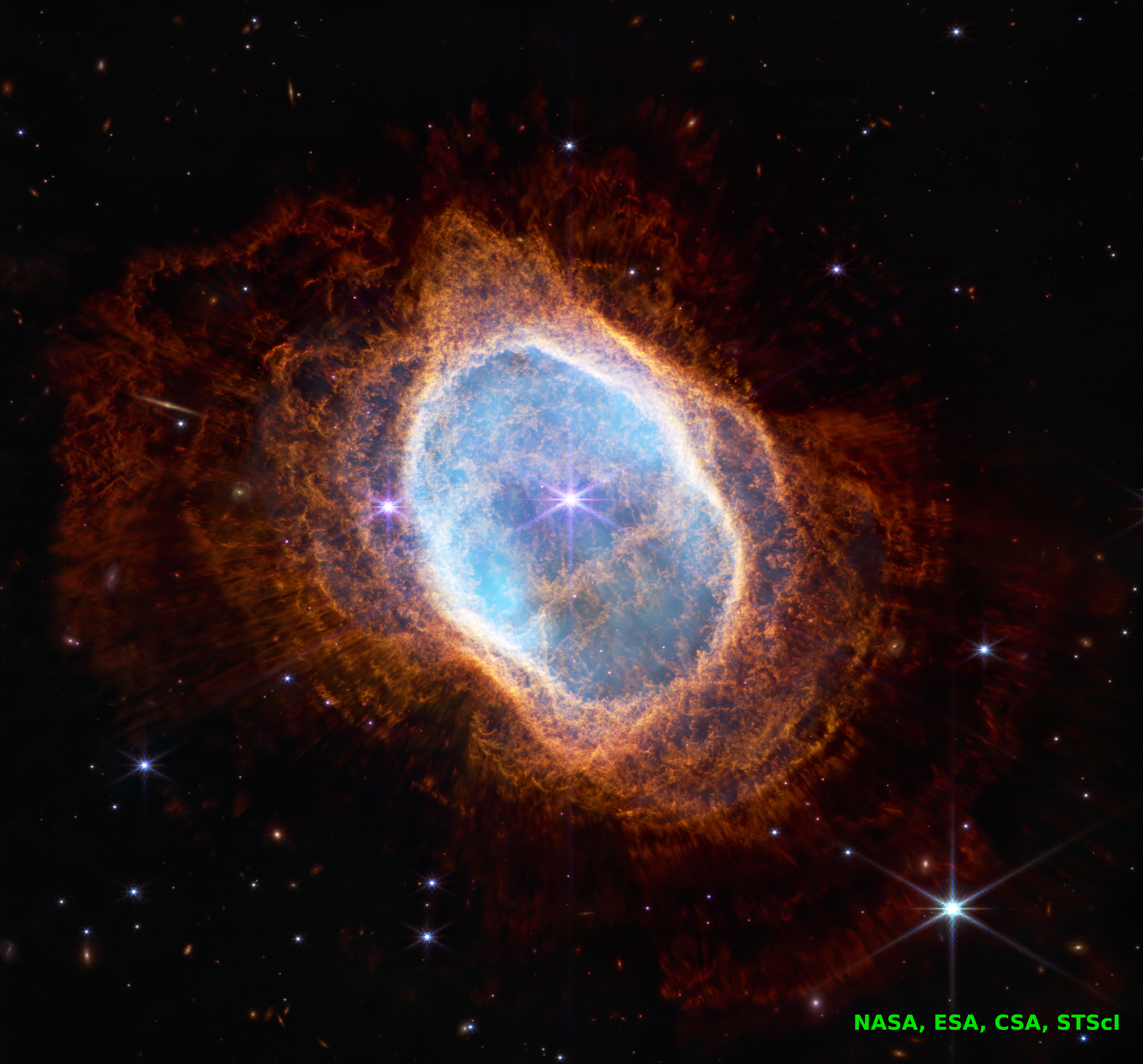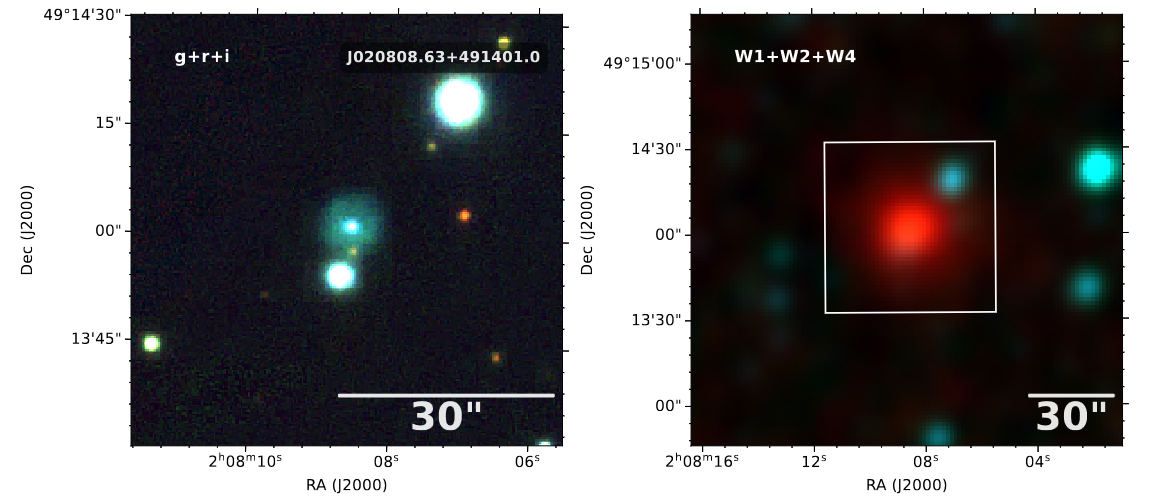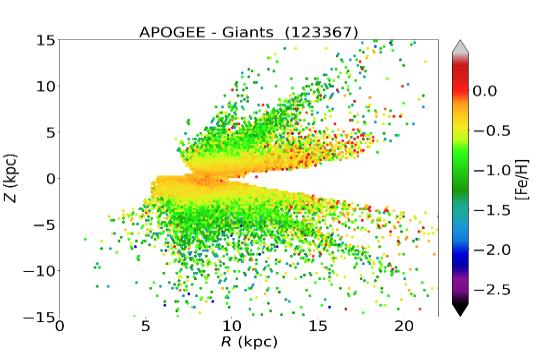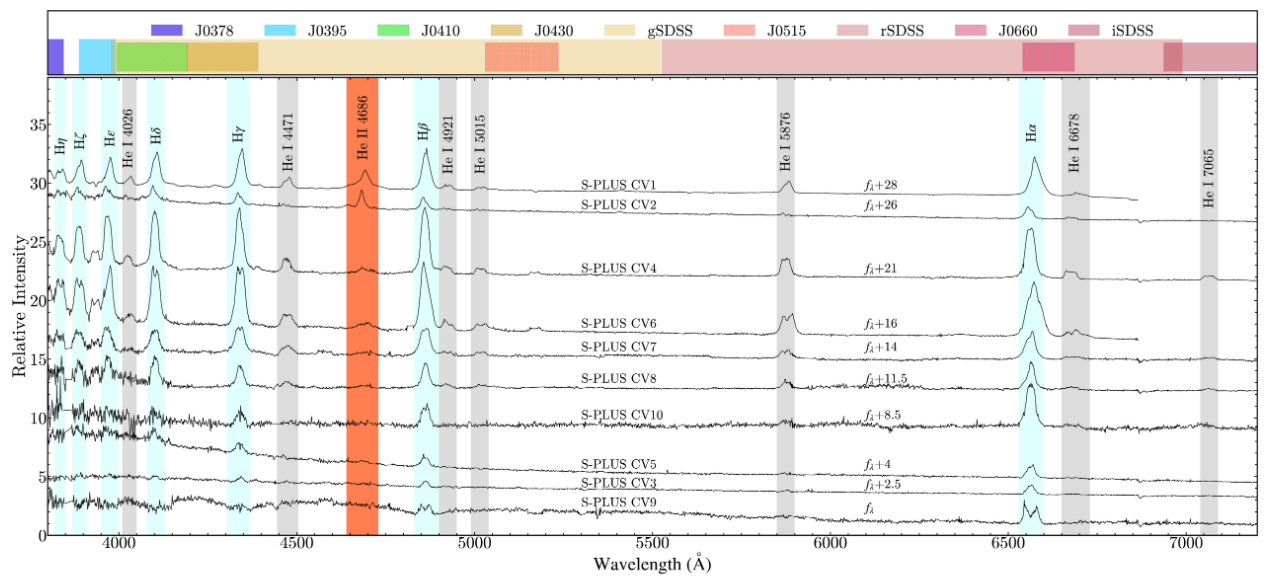About Me

Welcome! I'm Luis Angel Gutiérrez Soto, an astrophysicist passionate about understanding the universe through observational data. Born in Valledupar, Colombia, I grew up between the Serranía del Perijá, Manaure Cesar and Valledupar. My academic journey has taken me across Latin America, enriching my perspective on science and collaboration.
Currently, I'm a postdoctoral researcher at the Instituto de Astrofísica de La Plata (CONICET-UNLP), where I focus on identifying planetary nebulae, symbiotic stars and other interesting and rare astronomical objects using multi-band photometric surveys and developing machine learning classification algorithms.
My research bridges traditional astronomical observation with modern data science techniques, working with large surveys like S-PLUS and J-PAS to uncover hidden astrophysical objects and understand stellar evolution processes.
Beyond science, I find inspiration in literature and philosophy, particularly in the magical realism of Gabriel García Márquez, which reminds me that wonder and discovery exist at the intersection of science and imagination, with One Hundred Years of Solitude being my favorite novel of all time.
James Webb Space Telescope
The James Webb Space Telescope represents a new era in astronomical observation, allowing us to study planetary nebulae and other celestial objects with unprecedented detail and sensitivity. Its infrared capabilities reveal hidden structures and chemical compositions that were previously invisible to other telescopes.
My research with large photometric surveys like S-PLUS complements JWST observations by identifying candidate objects for detailed study and providing contextual data across multiple wavelengths.

Planetary Nebula observed by the James Webb Space Telescope - A glimpse into the future of Sun-like stars
Research Interests

Planetary Nebulae
Discovering and studying planetary nebulae - the beautiful final stages of Sun-like stars - using innovative color selection methods in large surveys like Gaia and Pan-STARRS, with confirmation from LAMOST spectroscopy.

AI for Stellar Astrophysics
Using artificial intelligence and S-PLUS multi-band photometry to map the chemical composition of millions of stars across the Milky Way. Our methods reveal how elements are distributed and help us understand the formation history of our galaxy.

Rare Emission-Line Objects
Discovering rare cataclysmic variables by their unique colors in S-PLUS and confirming them with large telescopes like Gemini and Swift. This approach reveals hidden populations of accreting white dwarfs that are difficult to find with other methods.
Selected Publications
Academic Profile
Education
🎓 Ph.D. in Astronomy (2015-2019)
Observatório do Valongo, Federal University of Rio de Janeiro, Brazil
🔭 M.Sc. in Astrophysics (2012-2015)
National Autonomous University of Mexico, Mexico
📚 B.Ed. in Mathematics & Physics (2005-2010)
Universidad Popular del Cesar, Colombia
🦋 Superior Normalist (2003-2004)
Escuela Normal Superior María Inmaculada, Colombia
Research Experience
🇦🇷 Postdoctoral Researcher (2022-Present)
Institute of Astrophysics of La Plata, CONICET-UNLP, Argentina
Machine learning for planetary nebulae identification • S-PLUS survey
🇧🇷 Postdoctoral Researcher (2020-2022)
University of São Paulo, Brazil
S-PLUS data analysis • Compact object identification
🔭 Telescope Operator (2020-2024)
T80-Sur Telescope, S-PLUS Survey, Chile
12-band photometric data acquisition • Instrument operation
Technical Skills
🐍 Programming & Data Analysis
🤖 Machine Learning & AI
🌌 Astronomy Software & Tools
🔭 Observational Astronomy
Get In Touch
Location
Instituto de Astrofísica de La Plata
La Plata, Argentina